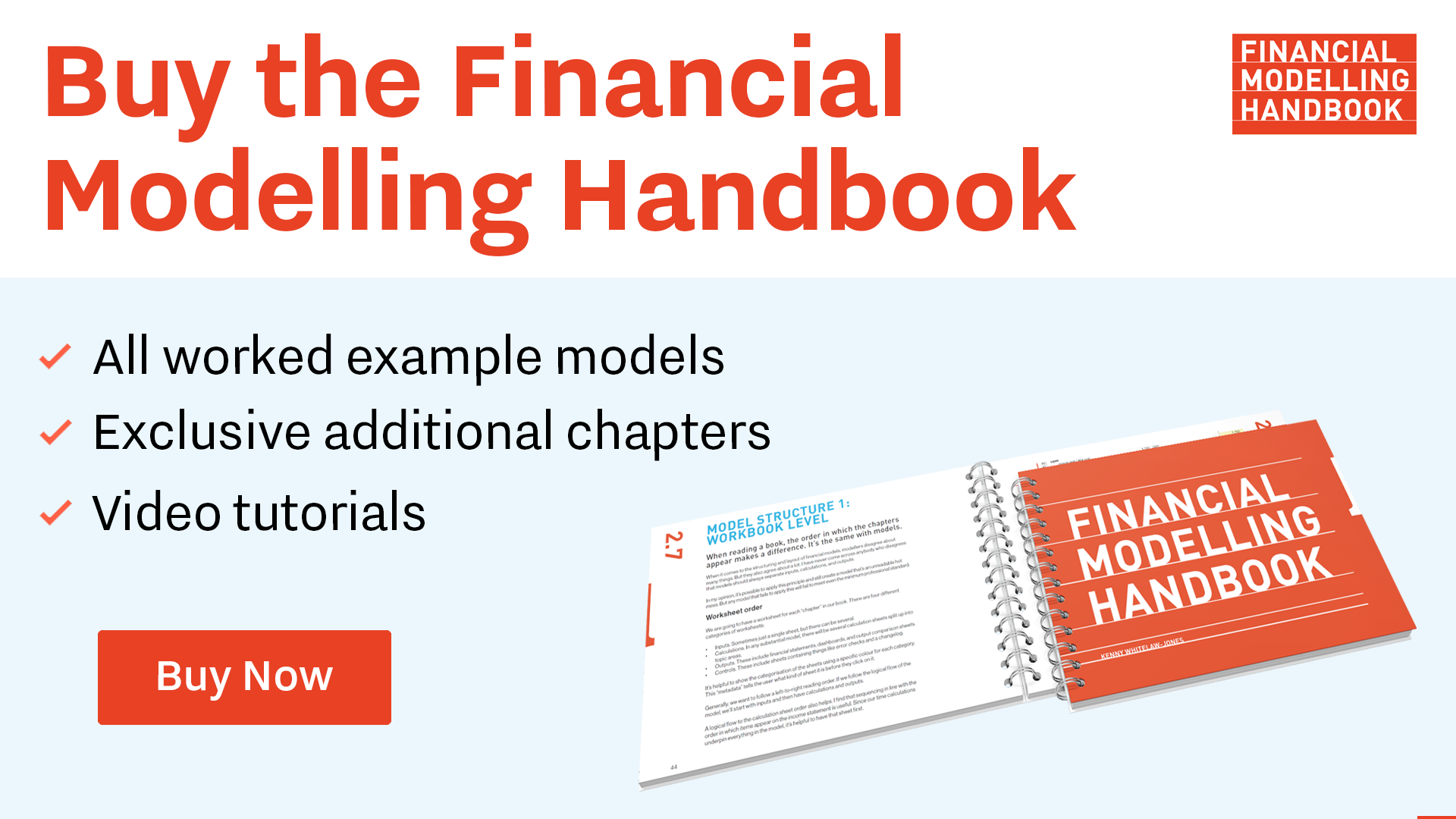How to use this book
Let's be honest. This is not a book to read cover to cover in the bath with a glass of wine.
It's a guidebook and a technical guide that you will want to dip in and out of.
It's meant more as a companion to which you can come back over time to develop your thinking and approach.
If you're brand new to modelling, I'd recommend going through it in order. If you already have experience, you may want to be more selective about the bits that look interesting to you.
Regardless of how experienced you are, I recommend coming at this with a beginner's mindset; learning new skills sometimes requires us to let go of old ways of working.
Part 2 covers model design. If you're brand new to modelling, it's worth reading. If you're already quite experienced, you'll likely know or have figured out most of this already.
Part 3 covers modelling workflow. A small number of core skills will combine to make up your modelling workflow. If you're new to modelling, try to go through each skill and understand it. You'll get plenty of opportunities to practice in the model section that follows.
In Part 4, we bring it all together with a step-by-step model build based on a case study. This is so that you can see Parts 2 and 3 in action, how the structure impacts the workflow, and vice versa. Again, if you're new to modelling, go through this and try to replicate it in your own model.
In each step of the model build, I reference the skills we're using from Part 3. This is your chance to go back to those skills, understand them more deeply, and, most importantly, practice them. At first, you may skip back and forth between Parts 3 and 4 until you become familiar with the skills. The best way to learn them is in the context of what you're trying to achieve in your modelling.
Each section in Part 4 builds on the previous parts as we walk through building a complete model from start to finish. You can dip into a section that catches your interest. I've included start and end of section models for each step so that you can jump into the sections that interest you most. This will also help you use this as a reference book later when you get stuck on a particular topic in your model.

Comments
Sign in or become a Financial Modelling Handbook member to join the conversation.
Just enter your email below to get a log in link.